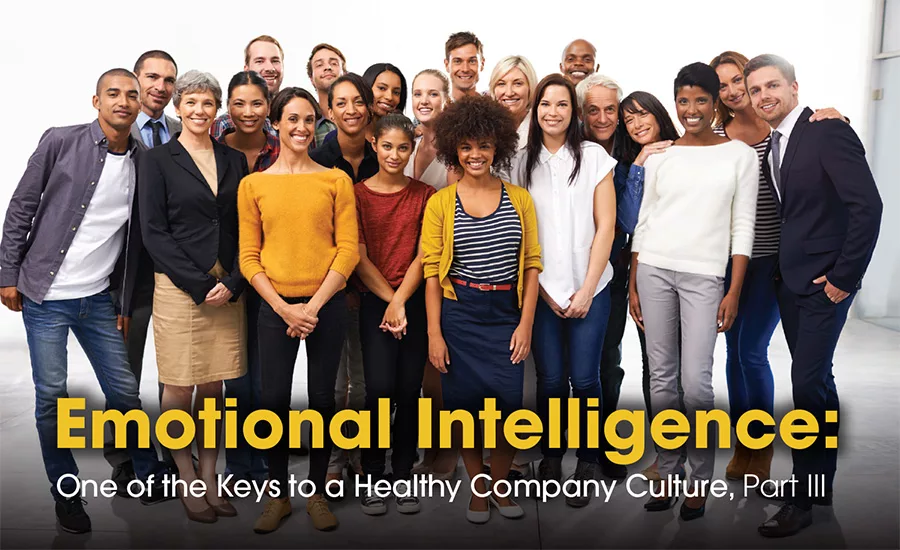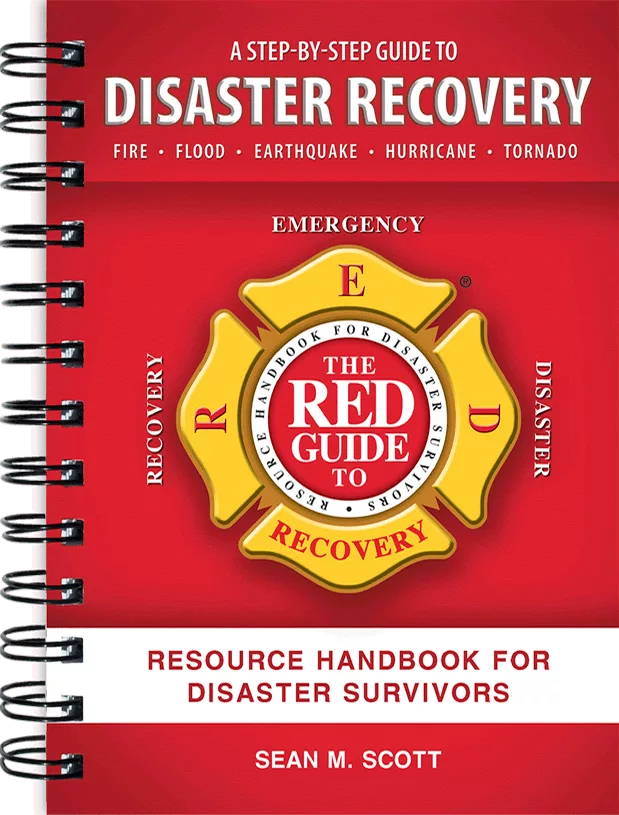Emotional Intelligence: One of the Keys to a Healthy Company Culture, Part III

The first two articles in this four-part series on Emotional Intelligence (EQ) (part I, part 2) introduced the overall concept and explored the characteristics that are widely believed to make up what is termed “personal competence”—our ability to stay aware of our emotions and manage our behavior and tendencies. The last two installments will focus on the traits that make up our “social competence”—our ability to understand other people’s moods, behaviors, and motives to improve the quality of our relationships.
We begin with social awareness, which is defined by Travis Bradberry and Jean Greaves in Emotional Intelligence 2.0 as the ability to “recognize and understand the moods of other individuals and entire groups of people. It’s the ability to observe body language, facial expressions, and even posture in an effort to respond appropriately.” These nonverbal cues represent the major portion of how others are communicating with you. They let you know how others are really feeling, how their emotional state is changing from minute to minute, and what is truly important to them.
In a team setting, social awareness manifests as members helping others through stressful situations by recognizing nonverbal signs, understanding the triggers that we discussed in Part I, asking questions, and being empathetic to help others who are dealing with issues.
Social awareness requires you to live in the moment, to practice active listening and observing, and to avoid the distractions that are always present around us. You can’t pick up on subtle nonverbal cues when your mind is occupied with thinking about other things, or you are simply zoning out on your smartphone. While many of us pride ourselves on our ability to multitask, doing so means that you are apt to miss the subtle emotional shifts taking place in others that help you to fully understand them.
Paying attention to other people doesn’t diminish your own self-awareness. By investing the time and effort to focus on others, you may gain insight into your own emotional state as well as your values and beliefs. If you are uncomfortable hearing others express certain views, for example, you may have learned something important about yourself.
Daniel Goleman, who is considered a leader in the field of emotional intelligence, believes that the social awareness segment contains three competencies that set the best performers apart from the average.
Empathy: Sensing others’ feelings and perspectives and taking an active interest in their concerns. This is about seeing things from another person’s perspective. (Empathy differs from sympathy, which means feeling sorry for others and their predicament.)
Organizational Awareness: Reading a group’s emotional currents and power relationships. It can be described as the ability to recognize both the social and political dynamics that occur on teams, in businesses, and even in communities. People with this skill can accurately read key power relationships and then make effective use of these relationships to achieve their desired results.
Service Orientation: Anticipating, recognizing, and meeting the needs of customers, both internal and external. Employees with this skill understand customers’ needs and effectively match them with products and services.
As we have done in the previous articles in this series, let’s examine some tools that can be used to improve your social awareness. Janet Sprimont, senior consultant at Insperity, writes about the following tactics that can be used to help a person become more socially aware.

1. Understand what it means to listen
Most of us think we’re good listeners. Unfortunately, the truth is that we’re usually too busy thinking of our next response to really hear what others are saying. Good listeners don’t assume they know or understand a situation before hearing someone out. They listen, look for the facts of the situation, and then analyze the emotions surrounding it.
2. Repeat what was said
The best way to ensure you understand what’s been said is to repeat back what you heard in your own words and ask for more information,
if appropriate. This helps to show that you understand what was said, and it conveys to the other person that their opinion is valued
and heard.
Active listening, like this, ultimately leads to greater understanding and trust among leaders and employees.
3. Pay attention to tone of voice
Ask any actor and they’ll tell you – the way you say something can be the difference between night and day. For example, if a team member enthusiastically shrills with excitement while saying, “No problem!” that is quite a bit different than an ambivalent mumbling of the same words.
Notice the energy behind what your fellow employees say to get a sense of how they’re feeling. This is especially critical during virtual meetings when you do not have visual cues. A person’s tone of voice can help you get a read on how they’re feeling and give you a better opportunity to choose the most appropriate response or course of action.
4. Watch facial expressions and body language
Stay aware of nonverbal cues. You must be present and giving your full attention to notice things like facial expressions and body language. While this will require extra effort, it can go a long way. For instance, if you ask Adam if he has time to discuss something, and he winces while saying, “Sure, we can talk” – take notice of his body language. While he is saying yes, his physical reaction is telling you that it’s not a good time.
5. Keep a finger on the pulse of the organization
Can you read the mood of the room? Can you sense how things are going for your fellow employees, even if they don’t directly tell or show you how they’re feeling? Observation skills are fundamental to social awareness. When you pay close attention to what’s happening around you, your awareness of your surroundings can help set the tone for how you approach varying situations.
For example, what is the feel of your workplace? Is there a good balance of intensity and fun, or does it swing too much one way? Is there so much intensity that it has turned into tension and employees are getting overwhelmed? Or is there so much good-natured fun that work is not getting done?

6. Notice the details
If you want to be connected to your employees and teammates, you need to keep your eyes open to your environment and really see what’s in front of you. Observe what’s happening with others. This isn’t about being seen, it’s about getting to know your coworkers as people and interpreting the mood of the team.
Ask questions to show that you’re interested. For example, did Kyle just put a new photo on his desk? Let him know you noticed and ask about his family’s latest vacation.
These tactics can be used by employees and leaders alike to improve social awareness and team cohesiveness. While the concepts of emotional intelligence are typically thought to be related to management and leadership positions, they apply equally to all team members within an organization. Concepts like empathy—helping others who are dealing with issues—can apply with peers, subordinates, and managers. Employees should be encouraged to “manage up” and help supervisors, executives, and owners to enhance their social awareness.
In the last of this four-part series we’ll focus on the final key characteristic of emotional intelligence—relationship management, which is the ability to use your awareness of your own emotions and those of others to successfully manage interactions.
Looking for a reprint of this article?
From high-res PDFs to custom plaques, order your copy today!







